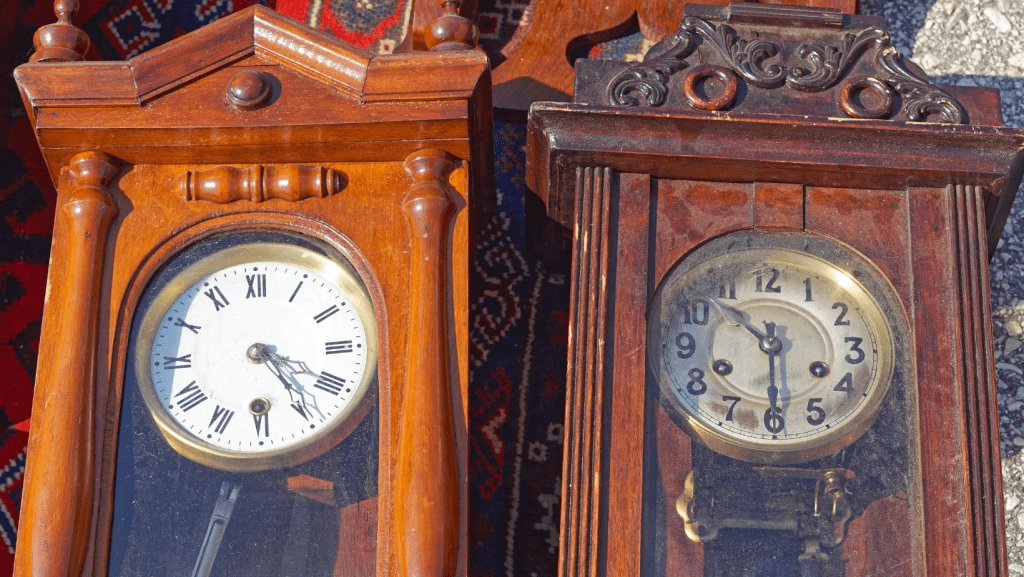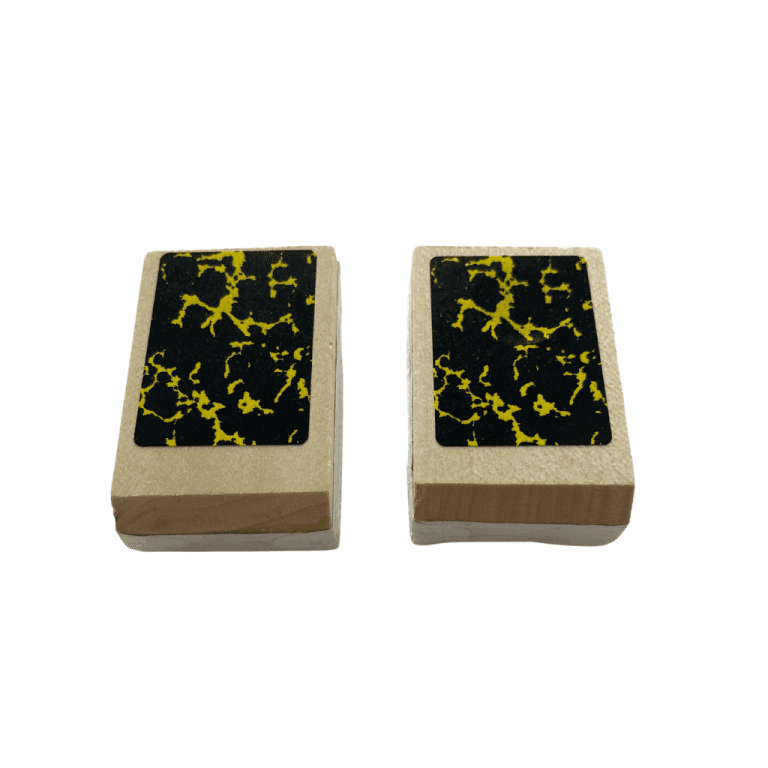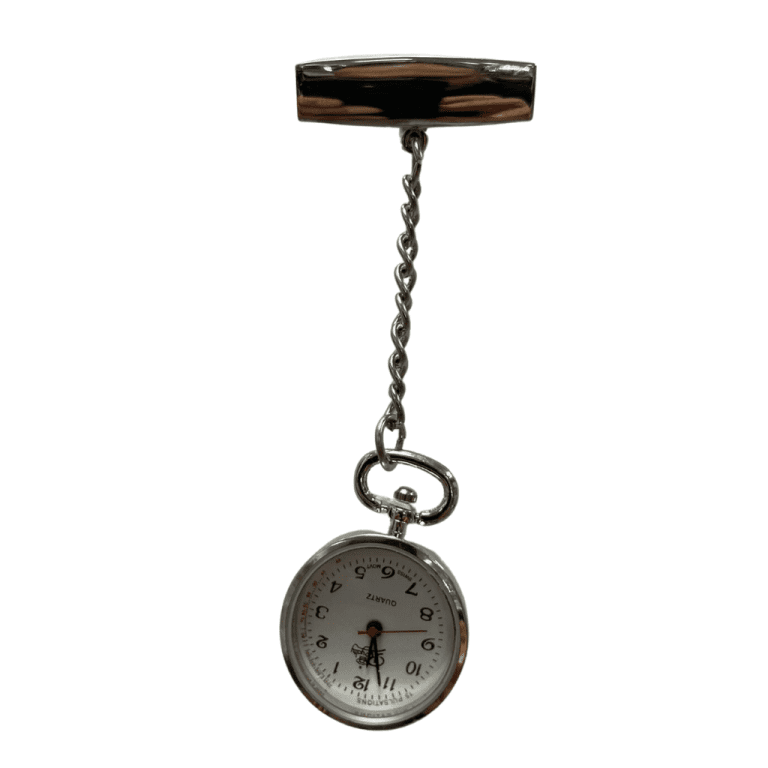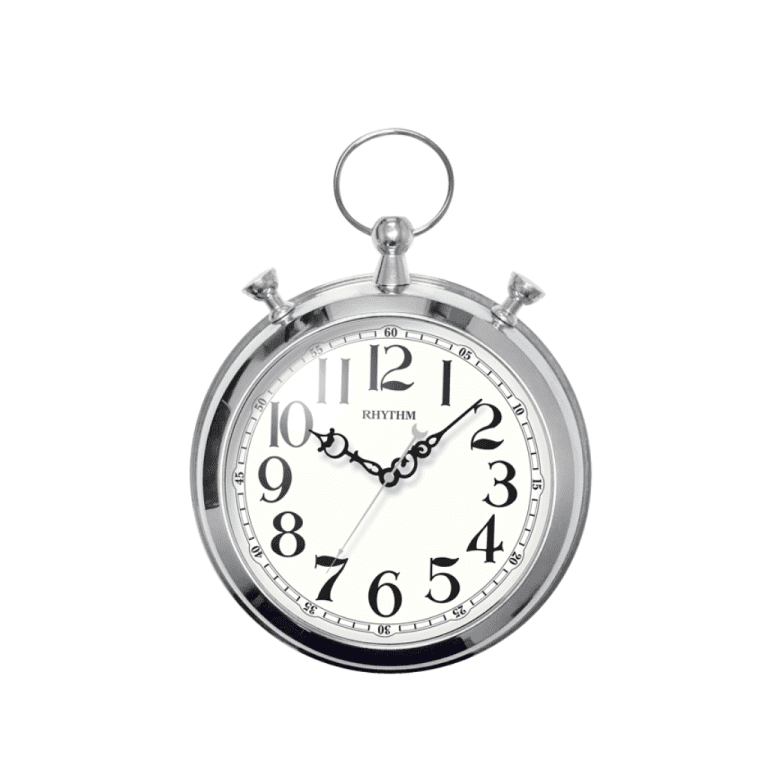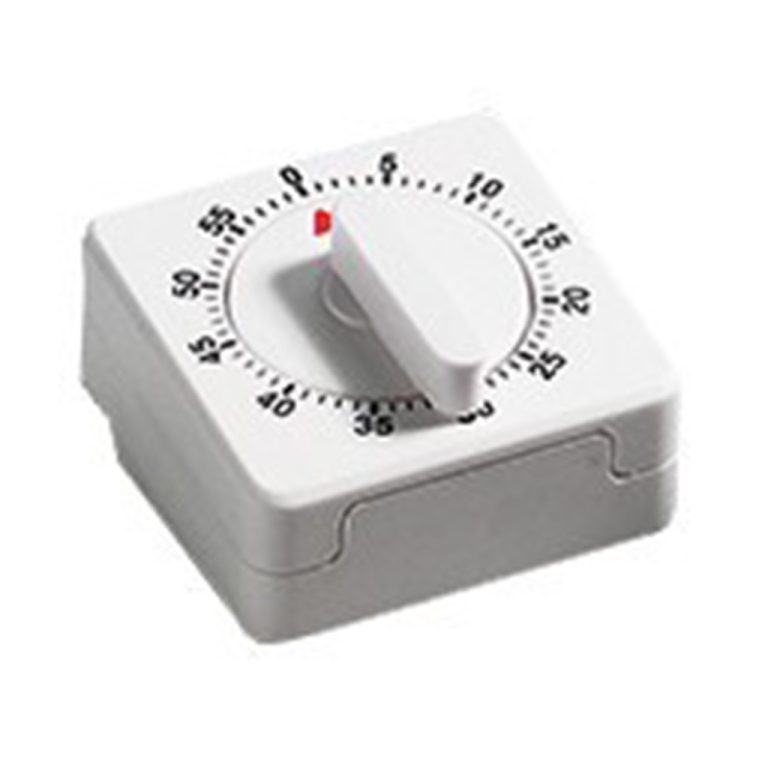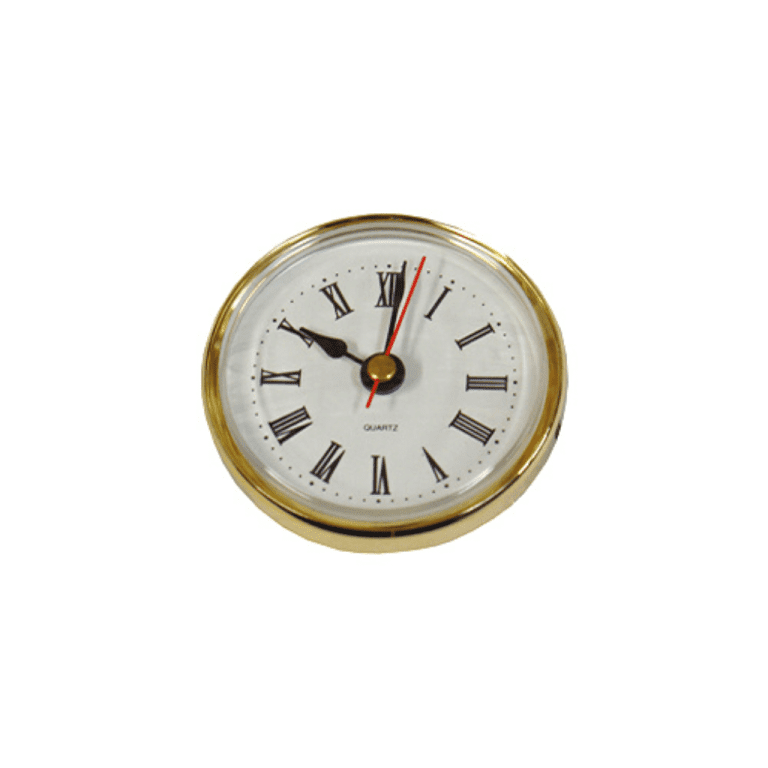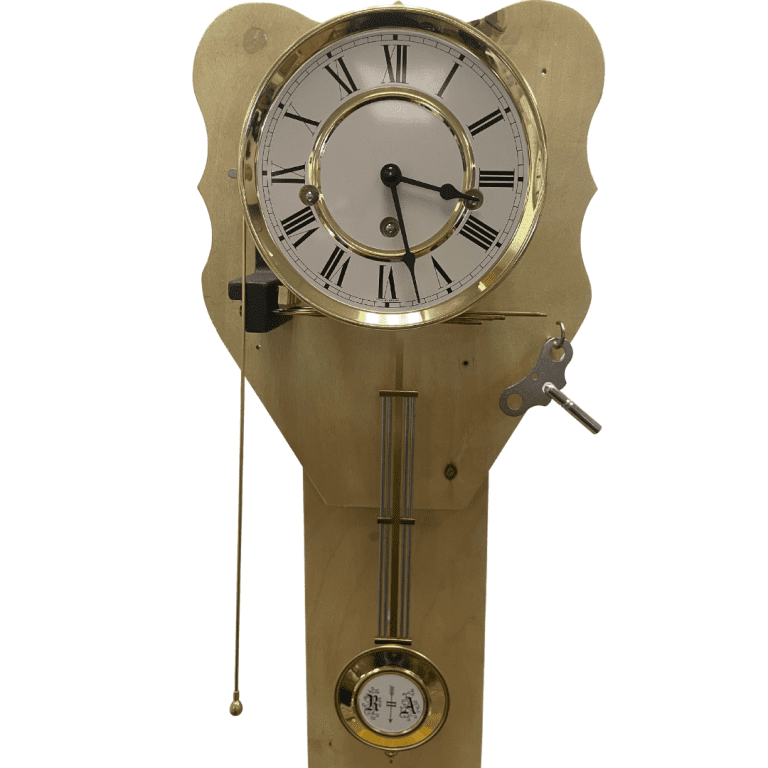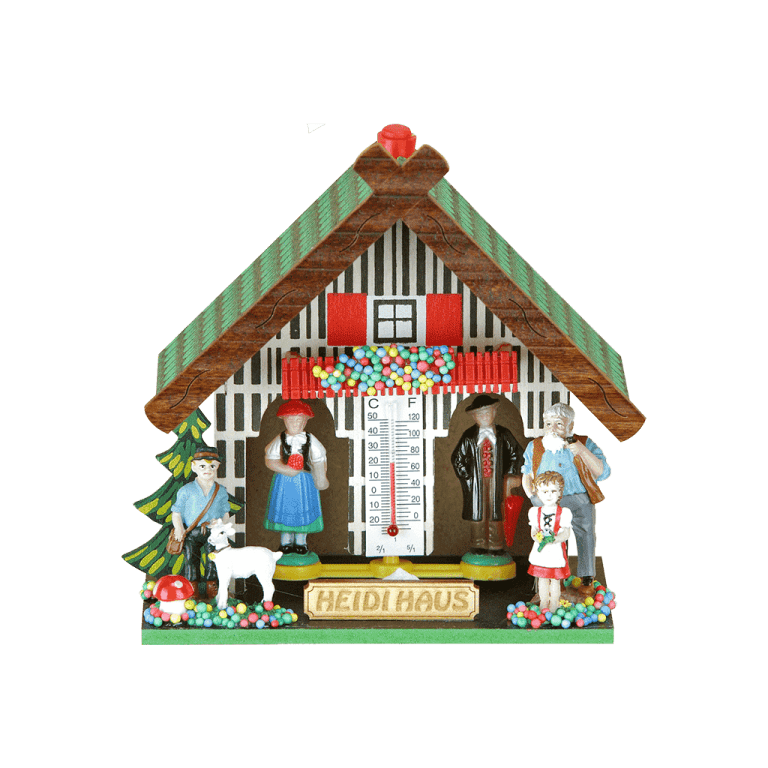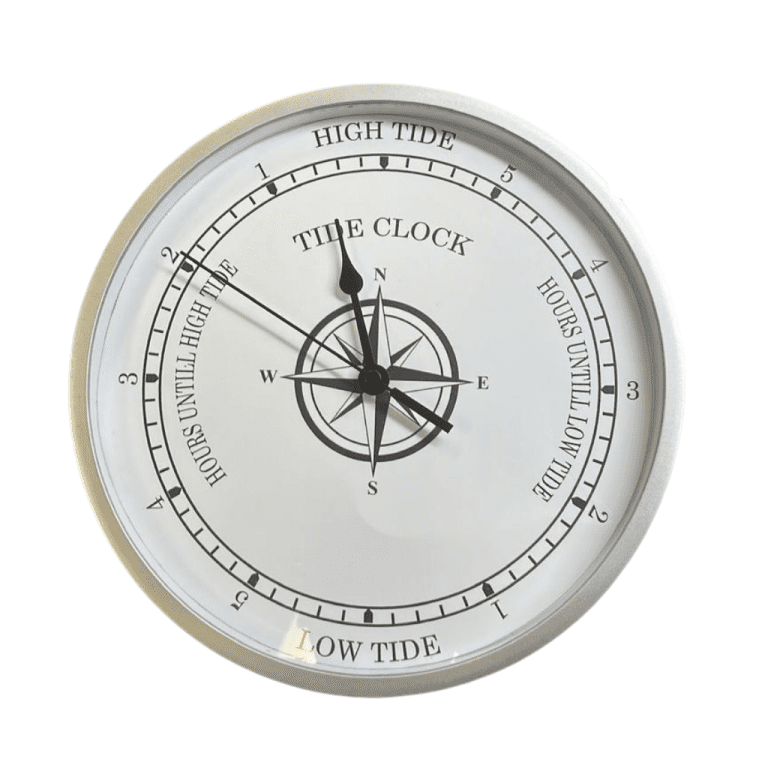Nothing says history and charm like a tall grandfather clock that sounds the Westminster chimes on the hour just like Big Ben in London. France and England were home to the first designs of the long-case or grandfather clocks that still exist today. These clocks stand 6 to 8 feet tall with a waist that houses the weight-driven pendulums that keep the clock ticking when it is wound. You don’t have to be a clockmaker to identify the different grandfather clock styles when you know the characteristics specific to each individual design, but unless you purchase a reproduction, these clocks can be prohibitively expensive.
Styles
- Styles for European-made grandfather clocks start with the Comtoise design, which also include Morbier and Mortise clocks from the Jura region of Franche-Compte. From Sweden and Denmark came the Mora and Bornholm styles. American-made clocks appeared in the Colonies after English long-case clocks made their way across the Atlantic. Clock faces, cabinet styles and the clock’s movement display individual attributes particular to each design style. If you plan to decorate with one of these antique grandfather clocks, note that at the time of publication, prices ran from well over $1,000 to more than $5,000. Antique clocks are rare, but available periodically from antique auctions, private antique dealers and some auction websites.
Clock Works
- Horologists, or clockmakers, often inscribed their name and the date onto the clock’s face or its internal workings. Mora clocks from Sweden, for example, had the initials “A S Mora” embellished on the clock’s face, which represents the clockmaker, Krang Anders Andersson. Some clocks had lunar dials hand-painted with scenes from nature and the moon phases. Moon phases served dual purposes: They helped people know how dark a night it might be and when to plant crops.
Movements and Chimes
- Two kinds of movements appeared in early grandfather clocks: eight-day movements and 30-hour movements. Eight-day clocks need weekly winding and have two keyholes in the face: one for winding the clock, the other for winding the striker. You must wind 30-day clocks daily; in addition, they are more expensive to own when new. The 30-day clock’s movements serve a dual purpose, keeping time and striking the bell. Pendulums for most grandfather clocks are typically about 3 feet long.
Comtoise
- You can tell the early grandfather clock designs apart by their cabinetry. A long, rounded waist and pot-belly cabinet marks the antique Comtoise designs, and the clock face has a convex, round enameled dial. The two types of early 17th century French-made clocks are the “boulle” and “religieuse.” Brass, pewter and ebony overlays on oak set religious clocks apart from boulle clocks, which have inlays of pewter, porcelain, ivory and brass often encased in tortoiseshell with lots of detailing.
Bornholm
- Some Bornholm clocks were originally painted white and rimmed with gold. Made by Danish clockmakers on the island of Bornholm, these clocks have rectangular-designed cabinets in the classic Empire form. The design includes fluted half columns, raised panel doors and a swagged base. The clock’s base and clock face cabinet are typically equal in size with the waist cabinet twice as large as its base. Interior clock works are weight-driven, but regulated by lead weight pendulums.
Mora
- Mora clocks look similar to the potbelly Comtoise designs, but they usually have a tall, round-topped bonnet that houses the clock face with more of a belly-shaped waist and skirt cabinet. One-third the size of the entire clock cabinet, the clock’s skirt is typically as large as the cabinet that houses the pendulums in most Mora clocks. Made of fine hardwoods, these clocks often have hand-painted folk designs on their cabinet faces.

